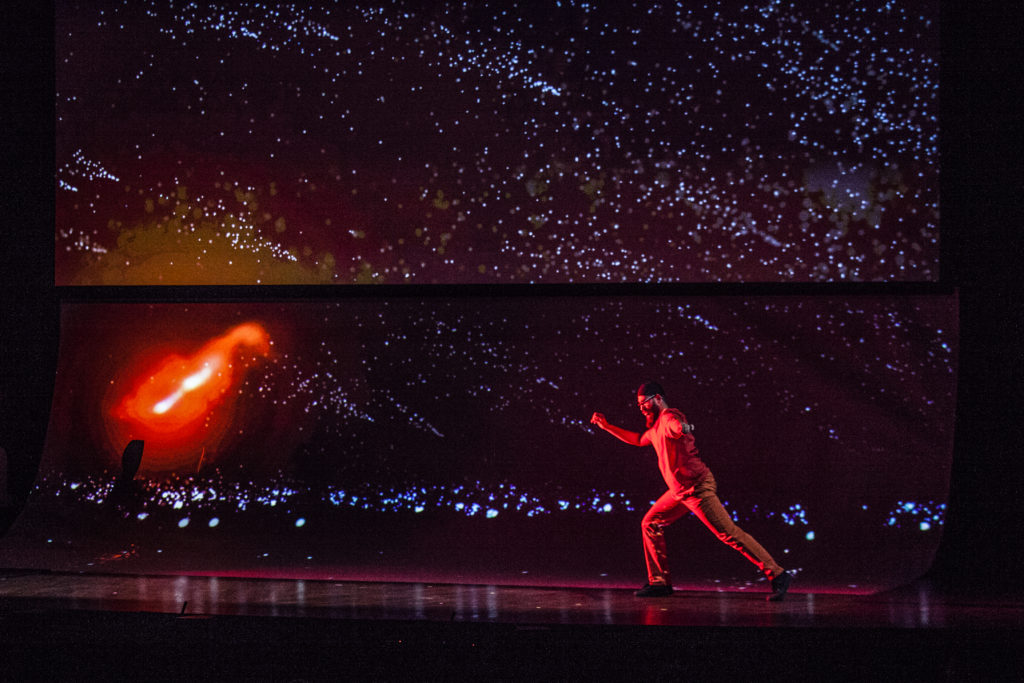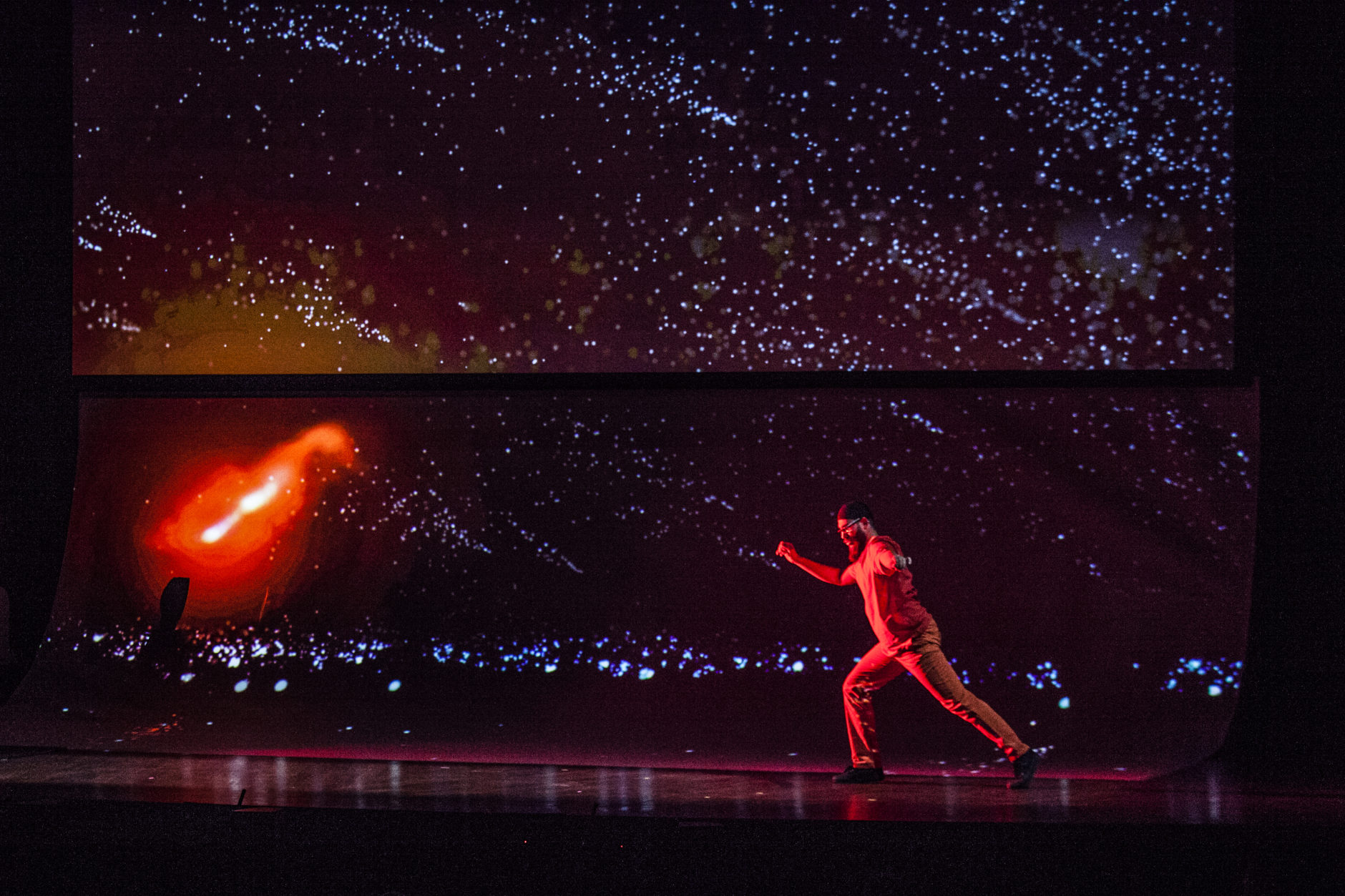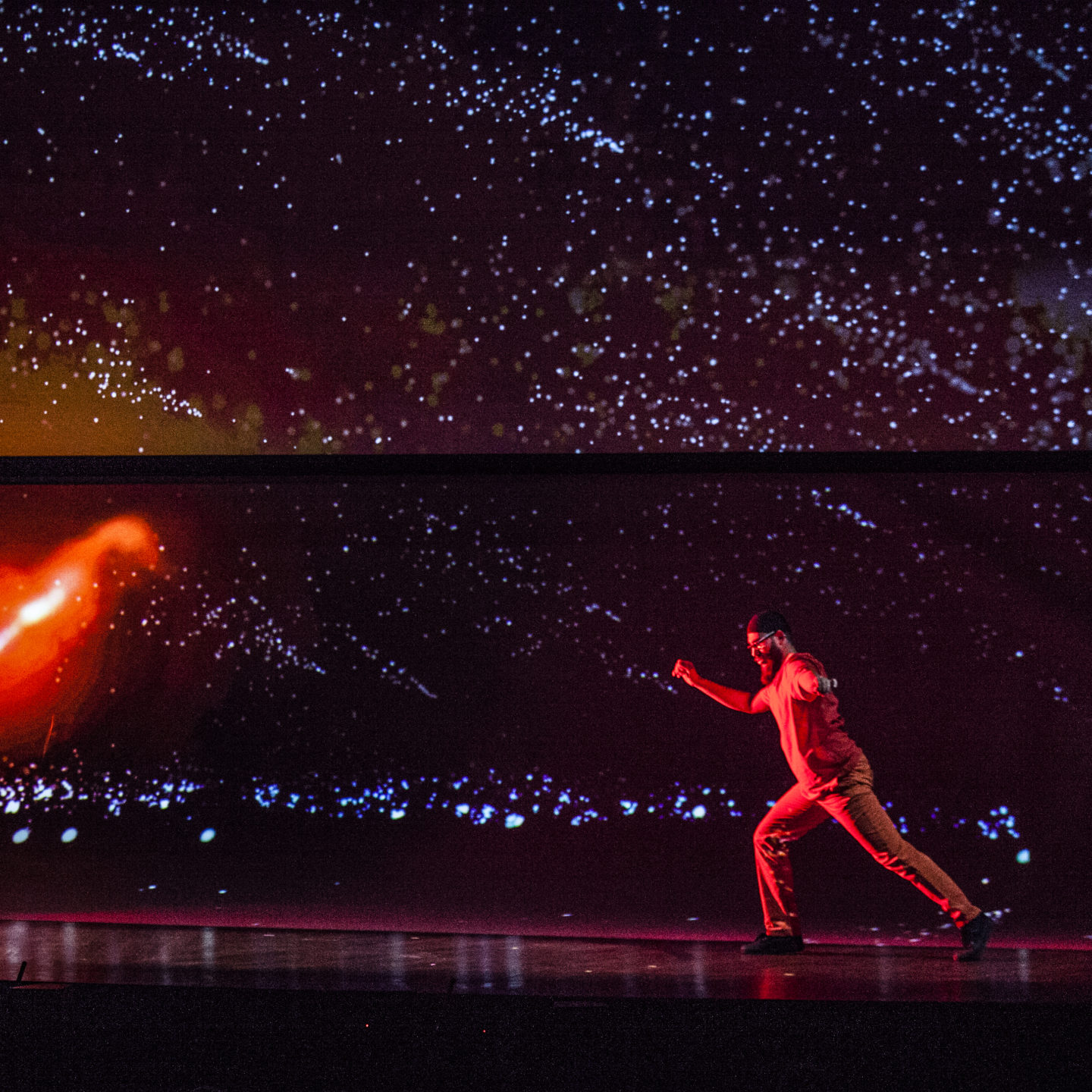 After Mimicry was commissioned to create the visual display for the 2016 TEDx Danubia conference (and our CEO, Tamás Kőszegi, also spoke on it), we were very excited when we learned that the 2017 conference would be much larger in scale. The 1,100-person event, held in the Béla Bartók National Concert Hall of the Palace of Arts, was considered one of the largest in the world among all TEDx conferences, so it was a very special task for us.
After Mimicry was commissioned to create the visual display for the 2016 TEDx Danubia conference (and our CEO, Tamás Kőszegi, also spoke on it), we were very excited when we learned that the 2017 conference would be much larger in scale. The 1,100-person event, held in the Béla Bartók National Concert Hall of the Palace of Arts, was considered one of the largest in the world among all TEDx conferences, so it was a very special task for us.
To achieve the greatest impact, we designed three different animated visuals for the three sections of the event. These were designed to be completely different from each other, but with a similar basic structure, creating the necessary dramatic arc and unity. While only two different name animations were made for the 2016 event, this number rose to six for the following year. Each section also received a special introductory main title, using a total of nine different animations.

In the main production, however, it was not this but a completely unique dance performance combined with a background projection, which we worked on together with choreographer Zsolt Szederkényi, who had performed at the previous year’s event. In this artistic privilege, Mimicry was given complete freedom, with the only small requirement being that the spectacle be breathtaking. From the very beginning, the central element of the whole day’s event, the huge stage curtain, was designed for this production, and the entire conference program was adapted to this.
While the performance was barely more than 3 minutes, its planning took 6 months for the Mimicry team due to the size and complexity of the problems to be overcome. The curtain in the center of the room was designed to be 8 meters wide, extending 7 meters high (ca. 26×23 feet), with a curved infinite corner at the bottom extending horizontally on the ground for several more meters. This already distorted surface, which closed at a right angle to each other, had to be mapped with a 4K resolution spectacle from the other side of the concert hall, which had to move together and actively respond to the dancer on stage. Since we enjoy challenges, we further complicated the setup with a pillar-standing robot lamp that “danced” as a third party with the dancer and responded to events in the background.

The animation took 3 months to complete, closely collaborating with the choreography and the acquired music in writing and rehearsals. Like in any performance where the dancer moves with the projection, the viewing angles were critically important. The more directions the audience sits in, the less effective the visual is, which was a major challenge in a venue where you can essentially sit in any direction from three floors up. It was particularly difficult for us to obtain prime rehearsal times at the National Concert Hall of the Palace of Arts, so we had to create the space virtually in 3D based on the venue’s floor plans.
The production did not appear in any program booklet and was made in the most perfect secrecy, crowning the conference and using the power of surprise. Although we had been working on background projections for theater performances and LED wall animations for years by then, the extremely positive reception of this production opened the way for us to complex, multi-screen event animations, which are still an important part of our portfolio today.




You must be logged in to post a comment.